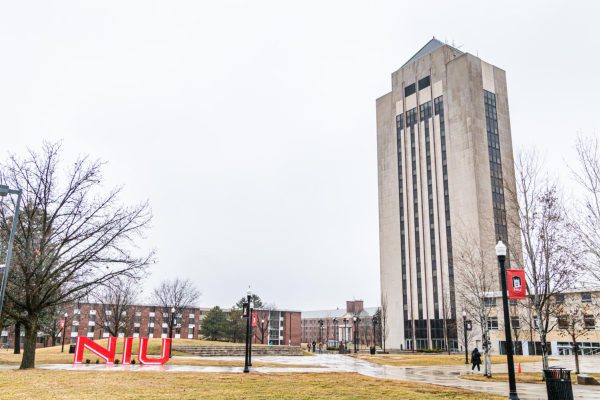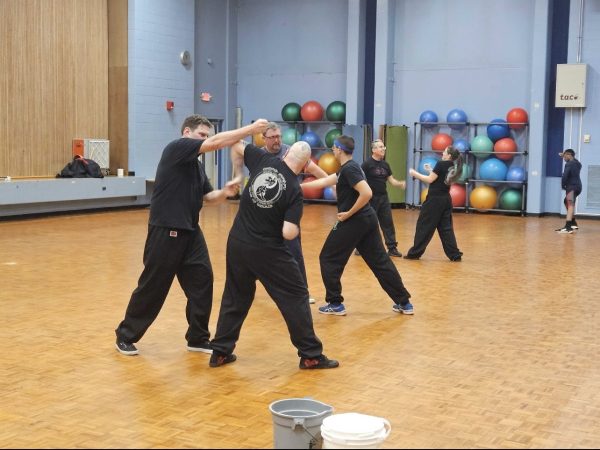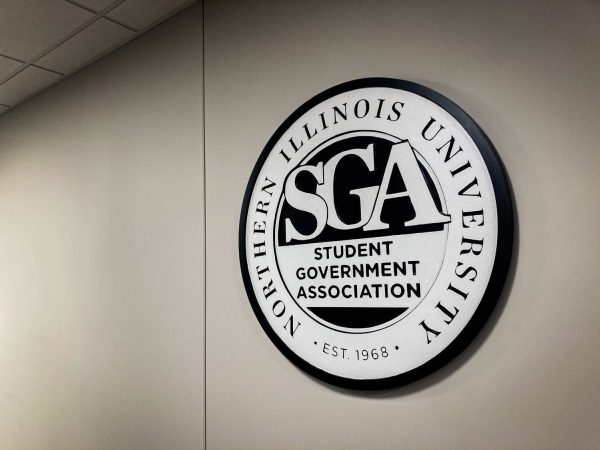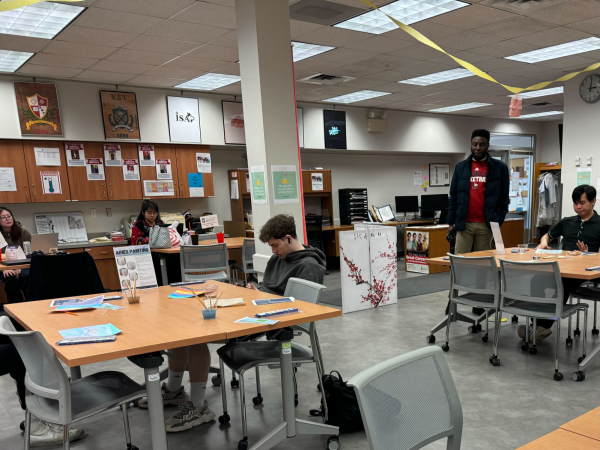College of Engineering competes in national plane competition
April 24, 2008
They have taken the road, and now they have taken to the skies.
The NIU College of Engineering’s Society of Automotive and Aerospace Engineers aero-design team built a remote-controlled airplane of their own design and entered it into the national competition, which took place last weekend.
The SAE at NIU once had an aero-design team in the past, but it had become defunct when students lost interest. The team returned this year as more students expressed an interest in bringing it back.
The NIU SAE aero-design team faculty adviser, Brianno Coller, thought it was good to see students express such an interest.
“This is an opportunity for students to find something that they like and learn,” Coller said. “We find ways to get them involved in the project from which they can independently learn the material necessary and build something that works; in this case, something that flies.”
Since the NIU college of engineering does not have an aerospace engineering program, the aero-design team members had to learn and research the principles of aero design on their own.
“I more or less decided I wanted to do something more with school than just coming to class, doing some homework assignments and taking a few tests and getting some grades at the end of 16 weeks, so we came in and did something none of us on the team have really taken a lot of classes on,” said Alex Holman, a senior mechanical engineering major whose contributions to the project included the tail and wing tips. “A lot of it was just learning it on your own.”
There are nine members on the team. Some joined the project for it to be their undergraduate project or senior capstone project while others did it out of their own interest.
The plane has a wingspan of 12 feet, can carry a 55-pound payload and reach speeds of about 30 mph. With these specifications, the plane had come to be called “The Beast” and was the second-largest plane at the competition.
“It was a beast and it was quite an experience,” Holman said.
It had been worked on for the entire school year until its entry into the national competition where 60 teams attended, including international teams from Brazil, Puerto Rico, Poland and India.
The plane was expected to carry light and heavy loads and take off and land within a certain amount of space.
However, not enough time went into the test flying of the plane, making its flight at the competition its maiden flight. The team faced problems at the competition as the plane had not become fully airborne until its third attempt, only to have it come crashing to the ground from nearly 500 feet in the air.
“We had probably the most spectacular crash of the competition,” Coller said. “It came down like a rock.”
Regardless of the outcome, Coller said he was not bothered.
“Getting something to fly is not easy and I’m not disappointed at all,” Coller said. “It’s a great learning experience.”












